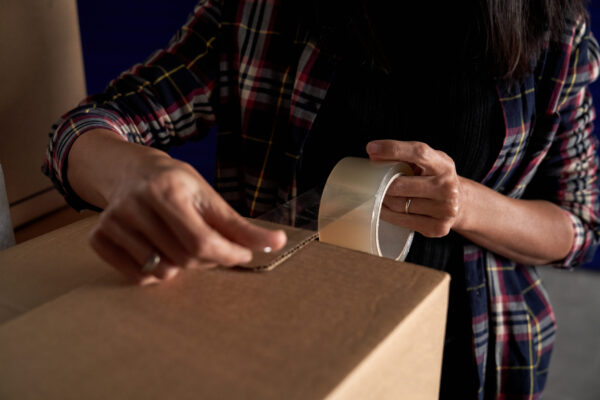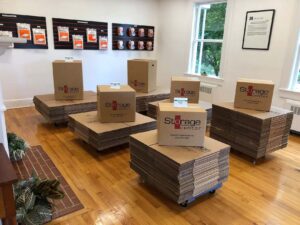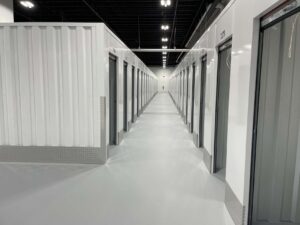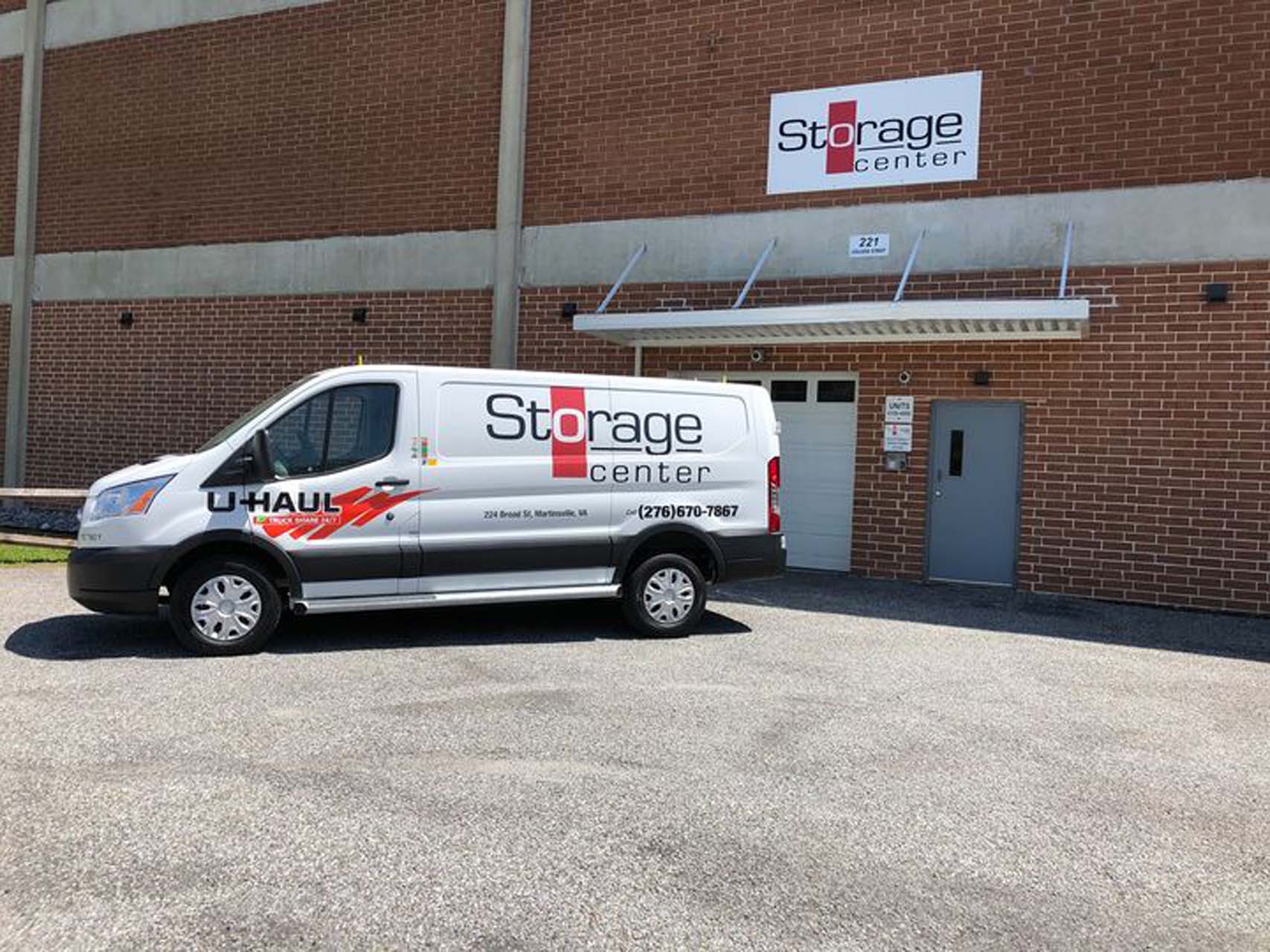
When your home becomes cluttered, one of the best ways to clean the space is by moving the items you don’t use but want to keep into storage.
As much as we love our personal belongings we want to keep them protected, which is why if you decide to move valuables into storage for the foreseeable future you need to prepare them.
Long-term storage is way different from seasonal storage – unlike your winter coats or Christmas tree, these items probably won’t re-surface for a few years. As such, they require special planning to keep them in good condition.
6 Long-Term Storage Tips
1. Clean Your Items Before Storage
When you’re getting ready to place your possessions into storage for a long period of time, it’s important to clean and disinfect them first to preserve them. If any dirt or dust is stuck on the surface, your items could collect more in the unit, ruining the surface as time goes on.
Most importantly, unwanted particles like food remnants could attract pests. These nasty critters could make a home out of your furniture or boxes, effectively eating and damaging everything.
Here are a few ways to properly clean your belongings:
- Wash clothing and fabrics
- Dust electronics
- Polish wood furniture
- Vacuum rugs and other furniture
- Wipe down appliances with a cleaning solution
- Treat leather items with leather conditioner
Don’t forget to wipe everything down and make sure it’s dry. Any moisture left behind could get trapped and encourage mold or mildew growth.
2. Use Proper Storage Materials

When packing everything up, invest in durable storage materials fit for each specific item. You’ll want brand new boxes for your electronics, paper items, breakables and more (plus new packing peanuts and space fillers to go with them). Vacuum-sealed bags are better for clothing and fabric material to prevent them from fading.
Don’t forget to seal everything as best as you can with packing tape, lids and covers. Avoid using plastic for any storing – the cheap material can break down fast or trap moisture and humidity.
3. Label and Pack Your Boxes Accordingly
It’s easy to forget things over time – this is especially the case for items you don’t use often and put away for storage. Before packing up these belongings for good, make sure to label the boxes accordingly so it’s easier to find them when the time comes. This will also help you organize your unit better because you’ll know what can go in the back.
When it comes to actually packing the boxes, there are a few things to keep in mind: Since these items will be stored away for a while, you need to place them properly. Make sure to stack smaller, lighter objects on top of heavier ones so gravity doesn’t cause damage.
On that same note, ensure there is extra cushion for fragile materials so they don’t settle and break. This includes using towels, cloth, newspaper and more. Check out more tips for packing breakables.
4. Cover Exposed Areas
Before putting your boxed items and furniture into your unit, line the floor with either a tarp, plastic sheet or cloth material. This will act as a barrier to protect your belongings from the hard ground.
Placing your items directly on the floor could expose them to dampness or moisture that builds up from changing temperature. Additionally, colder temperatures lead to an even colder floor, which could damage your electronics or cause your breakables to crack.
Lastly, cover your furniture with sheets or cloth material to prevent dust from settling on the surface.
5. Organize Your Unit
It sounds obvious, but organizing your storage unit is more important than you think. When you keep your space clean and have a strategy for arranging everything, it’ll be easier for you to find what you’re looking for.
If you don’t plan on using certain furniture pieces or family heirlooms for a while, it’s better to keep them at the back of your unit. That way, you can access other items that you use seasonally.
For more storage unit organizational tips, see our blog.
6. Invest in Climate-Controlled Storage

Different seasons can make it too hot or too cold for certain items to be sitting out – these extreme temperatures will cause fragile items to crack and break, cloth materials to fade and electronics to malfunction. By guaranteeing a steady temperature, you eliminate the risk of weather damage.
In addition to the temperature, climate-controlled storage also prevents moisture from forming in your unit and growing mold or mildew.
Self-Storage Solutions for Martinsville, VA
If you’ve decided to put some of your non-essential belongings into storage, it’s important to prepare them for the long-haul and find a reliable facility to keep them.
Storage Center has several indoor and outdoor storage facilities in Martinsville for you to store your possessions. You can rent them for months at a time or years – however long you need the room. Our Broad Street location even has a supply store, where you can find the durable materials you need to store everything in.
With our 24/7 video surveillance and pin code access, you can trust your unit to secure your beloved items and keep them safe through the years.
Contact us to learn more about long-term storage solutions for your belongings.




